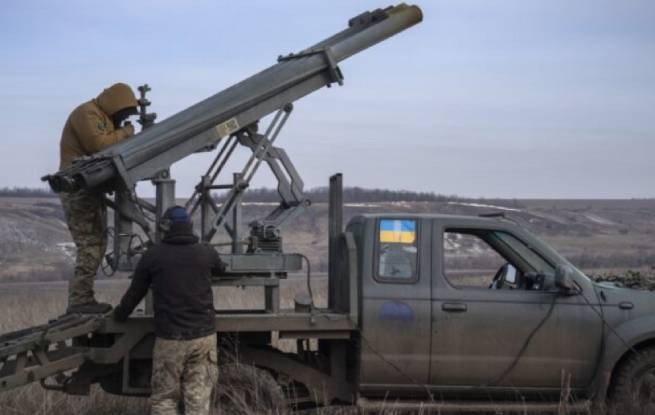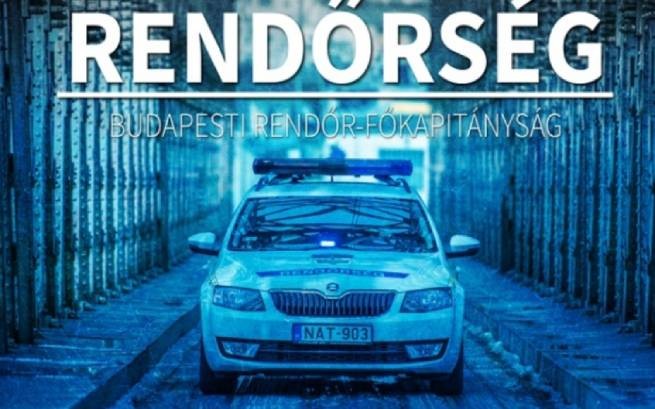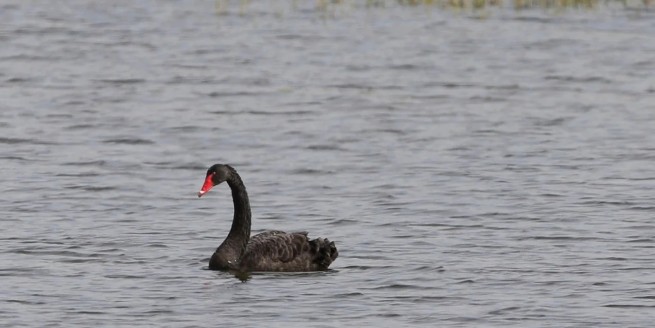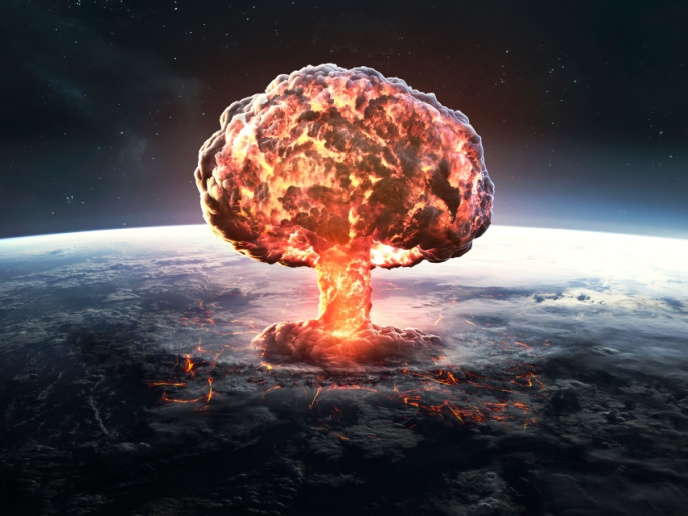A group of American scientists from the Future of Life Institute modeled a nuclear war in the most realistic way, using only unclassified data, and came to a conclusion that everyone, in general, knows.
Over two billion people will be destroyed as a result of an immediate strike on megacities, but the subsequent starvation will kill another five billionand those who survive are waiting long nuclear winter. At the same time, those who die at the very beginning will be the most … lucky because the survivors will die long and painfully.
The simulation combines detailed simulations of nuclear targeting, missile trajectories, explosions, electromagnetic pulses, and the wide-ranging effects of black carbon smoke on the climate and, as a result, on human survival. All scientists’ calculations are visualized in a stunning video depicting the nightmarish chain of events that would begin in the event of a global nuclear war.
As shown in the video, it doesn’t matter who starts the war. When one side launches nuclear missiles, the other detects them and launches its own attack. Ballistic missiles from US submarines west of Norway start hitting Russia about 10 minutes later, and Russian missiles from northern Canada start hitting the US a few minutes later.
The very first impact strikes electronic systems and power grids, causing an electromagnetic pulse of tens of thousands of volts per meter that burns out all electronics. Follow-up strikes target command and control centers and nuclear missile launchers.
Land-based intercontinental ballistic missiles take about half an hour to reach the following targets. Major cities are in the spotlight, both because they contain military installations and because they are possible post-war resurgence of the enemy. Each impact creates a fireball about as hot as the Sun’s core, followed by a radioactive mushroom cloud.
Anything near these intense explosions evaporates as the fires rage on, people are blinded and seriously injured, and the blast wave crushes nearby buildings and destroys those farther away.
The video shows a scenario in which the United States uses a single, low-yield, 5-kiloton nuclear warhead to destroy Russia’s Avangard missile system, which is capable of carrying hypersonic warheads. This action prompts a Russian response, which fires 300 nuclear warheads ranging from 100 to 800 kilotons into US cities and military installations. Those, in turn, launch 600 nuclear warheads with a yield of 100 to 455 kilotons on Russian cities and military installations.
The video also shows that such a war could also affect other countries, such as the UK and France, which have nuclear weapons and are required to protect the US under Article 5 of NATO. Russia attacks these countries with 80 nuclear warheads with a yield of 100 to 800 kilotons, and they respond by launching 40 nuclear warheads with a yield of 100 to 300 kilotons on Russian cities and military installations.
Consequences
Such a war could have killed more than 90 million people in the first few hours. In addition, over 165 million tons of black smoke and ash would rise into the atmosphere, blocking sunlight for ten years, causing global cooling and famine. More than 5 billion people could die from explosions, radiation and starvation, including about 99% of the population of the US, Europe, Russia and China.
Further, black smoke will rise above the clouds and hide the sun for a decade. Nuclear winter is comingwhich unlikely to survive even half of our planet. The average temperature in cities will fall by 40 degrees, and in rural areas by 20. More five billion people could starve to death.
“Obviously we don’t know how many people will survive a nuclear war. But if it’s even remotely as bad as this study predicts, there are no winners in a nuclear war, only losers”…
Comparison with other studies
The scenario presented in the video is not the only possible option for a nuclear war between the US and Russia. There are other studies that analyze the various parameters and consequences of such a war. For example, in 2019, scientists from Princeton University published a video in which they showed how a nuclear war between the United States and Russia could develop if one of the parties attacked the military satellites of the other. In this scenario, both sides would launch about 4,000 nuclear warheads ranging from 100 to 1,500 kilotons at each other’s cities and military installations. As a result of such a war, more than 91.5 million people could die within the first few hours.
In 2020, scientists from the University of Louisiana published a paper assessing the consequences of a regional nuclear war between India and Pakistan. In this scenario, both sides would launch about 500 nuclear warheads with a yield of 15 to 100 kilotons at each other’s cities and industrial zones. As a result of such a war, about 125 million people could die in the first few weeks. In addition, soot-laden smoke would have risen into the atmosphere, blocking sunlight for two years, causing global cooling and famine. More than 2.4 billion people could starve to death, including about 60% of China’s population.
These and other studies show that nuclear war is the biggest threat to humanity and the planet. They also show that there are no winning strategies or safe levels of nuclear weapons. Any use of it can lead to unpredictable and irreversible consequences.
Reality or fiction
How likely is such a scenario? On the one hand, it is based on real data on the nuclear arsenals and plans of the two superpowers, which currently account for about 90% of all nuclear warheads in the world. According to the Federation of American Scientists (FAS), the US has 3,800 active nuclear warheads, of which 1,750 are deployed on bombers, submarines and ICBMs. Russia has 4,275 active nuclear warheads, of which 1,520 are deployed on similar launchers.
On the other hand, the scenario does not take into account many factors that may affect the course and outcome of a nuclear war. In addition, he ignores the possibility of using new types of nuclear weapons, such as hypersonic missiles or neutron bombs, which could affect the balance of forces and strategies of the parties. It also does not take into account the possibility of a peaceful or political settlement of the conflict at any stage of its development. It does not take into account the risk of errors, failures or betrayal in the systems of command and control of nuclear weapons. It does not consider the possibility of involving third countries or international organizations in the process of reducing tensions or a ceasefire.
Thus, the simulation of a nuclear war between Russia and the United States does not represent an accurate prediction of the future, but rather a warning about the potential dangers and consequences of such a conflict for all of humanity.







More Stories
What influenced Greece’s decision to help Kyiv with weapons?
The Minister of Health called the protesters "insignificant people, kafirs"
Gold Switzerland: “We are in the last 5 minutes of our financial system – the collapse of everything is approaching”